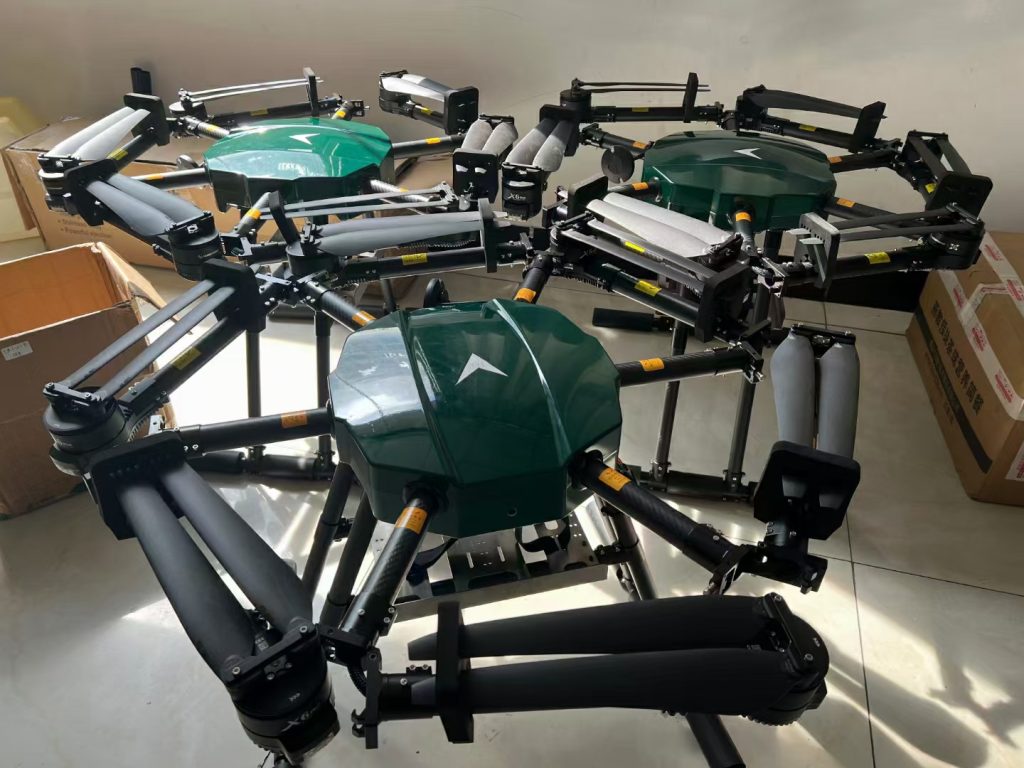
Wings Over the Adriatic: How Chinese Agri-Drones Are Nurturing Croatia’s Timeless Farming Soul
Croatia’s countryside is a postcard of contrasts—crimson poppies carpeting Istrian meadows, olive groves clinging to Dalmatian cliffs, and Slavonia’s golden wheat fields swaying in the Pannonian wind. Here, agriculture is more than a livelihood; it’s a living tapestry of tradition. For generations, family-run farms—most no larger than 10 hectares—have tended vineyards that birth Plavac Mali reds, olive presses that yield peppery oils, and pastures where škripavac sheep graze to make legendary paški sir cheese. Yet beneath this idyllic surface, challenges simmer. An aging farmer base (average age 57), a shrinking rural workforce as young Croats flock to Zagreb or Berlin, and climate volatility—scorching summers that wilt vines, autumn floods that wash out maize—threaten the survival of these intimate, heritage-rich operations. It’s here, amid the sea breeze and ancient stone walls, that an unassuming tool is taking flight: agricultural drones imported from China, now gliding over Croatian fields to prove that even the most romanticized traditions can thrive with the right innovations.
Croatia’s Farms: Beauty Meets Pressure
Croatian agriculture is a study in diversity. Along the coast, Dalmatia’s terraced vineyards and olive orchards draw tourists and wine connoisseurs alike. Inland, Slavonia’s flat plains produce grains and livestock, while Istria’s gentle hills nurture truffles and aromatic herbs. But for all its charm, farming here is a daily act of resilience.
“My family has tilled this 7-hectare vineyard in Kaštela for 150 years,” says Matej, a 62-year-old winemaker. “Last summer, a heatwave baked my grapes—30% of the crop withered. Hand-spraying fungicides took days; by the time I finished, the mildew had spread. Younger generations? They’re moving to cities. Who will tend these vines if we can’t make farming sustainable?”
Climate change has sharpened these strains. Droughts now strike earlier, while sudden storms flood fields in September, ruining harvests. EU regulations, pushing for organic certification and reduced pesticide use, add pressure: “We need to cut chemicals by 40% by 2030,” adds Ana, who runs a family olive farm in Pelješac. “But doing it by hand? Impossible. I can’t afford to lose a single tree to blight.”
Drones Built for Croatia’s Coastal Charm
When we first explored exporting to Croatia, we didn’t just send drones built for flatlands. We studied the coast: its steep terraces, narrow cobblestone paths, and the way farmers navigate by foot or small boat to reach remote plots. What emerged was a design tailored not just to Croatia, but to its spirit of hrvatska ljepota (Croatian beauty)—functional, resilient, and respectful of the landscape.
Compact and coastal-ready: Weighing just 10 kilograms, our drones fold into water-resistant cases, easy to carry up Kaštela’s stone steps or across Pelješac’s rocky shores. Their corrosion-resistant frames withstand salt spray and sea breezes—critical for a country where farms hug the Adriatic. “In the past, equipment rusted in months,” Matej says. “This drone? It’s still flying strong after two seasons of coastal storms.”
Precision for small, sacred plots: Multispectral sensors map crop health at the leaf level, flagging early signs of drought or fungal infections. For Ana’s olive grove, this meant switching from “spray everything” to targeted doses—slashing pesticide use by 50% while boosting oil quality. “The drone shows me exactly which trees need help,” she explains. “I treat just those. My oil now has a ‘zero residue’ label—tourists and buyers in Milan love it.”
Simple to learn, rooted in community: Many Croatian farmers are tech-curious but value tradition. We designed a Croatian-language app with one-touch “health scan” modes and paired it with workshops led by local agronomists in village squares, over pršut (prosciutto) and kava (coffee). “I thought drones were for tech cities,” admits Ivan, a young farmer in Osijek helping his father grow wheat. “But after a morning of training? I flew one myself. It’s like using a high-end camera—intuitive, and it makes me feel like I’m part of the future.”
More Than Machines: Building Trust in the Heart of Europe
In Croatia, trust is earned over rakija (fruit brandy) and stories of harvest festivals past. We didn’t just ship drones; we set up a service hub in Zagreb and partnered with the Croatian Farmers’ Association to host “drone days” where farmers shared tips and celebrated small wins. “Croatian farmers are proud,” says Dubravka, the association’s rep. “They need to see results, not promises. But once they do? They become our loudest advocates.”
That trust deepened when we adapted to their reality. During last year’s drought, we rushed water-efficient nozzles to farmers using our drones. When Matej struggled with vineyard trellises blocking spray paths, our engineers tweaked the drone’s flight path—no extra cost. “You didn’t just sell us a tool,” Ana says. “You stayed when the sun scorched. That’s family.”
Today, drones are weaving themselves into Croatia’s farming soul:
-
Vineyards (Kaštela): Matej now monitors his crop weekly, reducing chemical use by 35% and cutting runoff into the Adriatic. “My yields are stable, but my wine’s ‘eco-story’ is stronger. Younger visitors ask about the drones—they see farming as cool again.”
-
Olive Groves (Pelješac): Ana’s “zero-residue” oil now supplies high-end restaurants in Zagreb. “Buyers pay a premium for sustainability. The drone is our proof.”
-
Wheat Fields (Osijek): Ivan uses drones to map soil moisture, optimizing irrigation. “Less water waste, better yields. My father, who’s 80, even asks to see the drone data—he’s curious.”
A Future Where Tech Honors Tradition
What began as a business deal has become a partnership. Croatian farmers teach us about their land: how drones handle Dalmatia’s coastal winds, which crops (like lavender) need gentler spray settings, even which Croatian phrases make training stick (“Leti, droni!”—“Fly, drone!”—is now a workshop joke). In return, we’re refining our drones: larger tanks for Slavonia’s vast wheat fields, quieter motors to avoid spooking sheep, even solar panels to extend flight time in the hot summer sun.
As Croatia aims to boost organic farming by 30% by 2035, drones offer more than efficiency—they offer hope. They let young farmers like Ivan see a future tending land, not just chasing city jobs. They let elders like Matej pass down knowledge without burning out. And they let this nation of coast and countryside prove that even in a world of mega-farms, small plots can thrive with the right tools.
So when you next see a drone gliding over Croatian vineyards or olive groves, know this: it’s not just flying. It’s carrying the dreams of a community, the lessons of a factory halfway across the world, and the quiet belief that tradition and innovation can grow—side by side, season by season.
After all, the best technology doesn’t replace the past. It helps it take root—and soar.
THE END

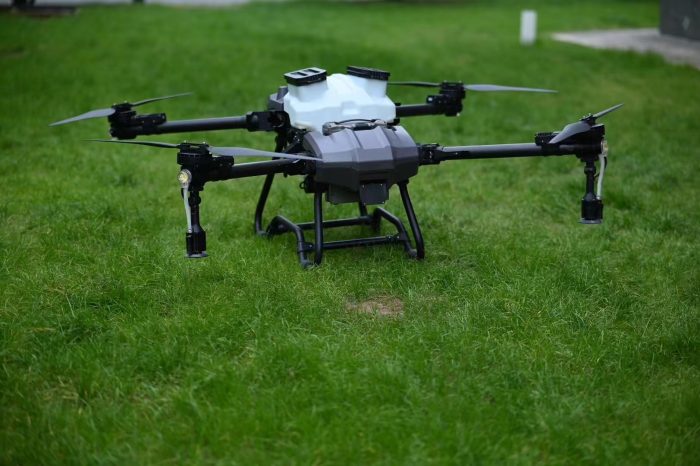
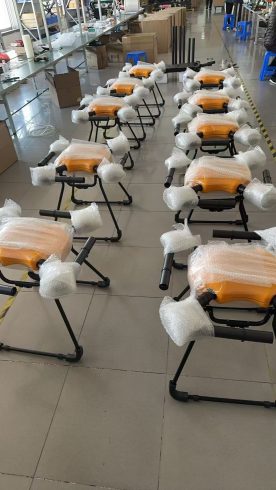
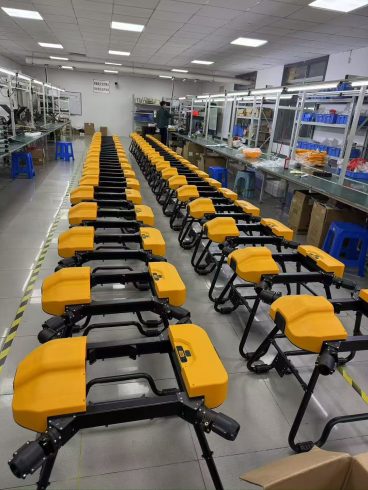


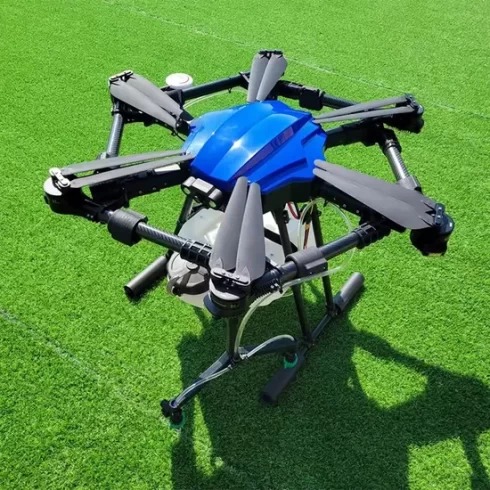

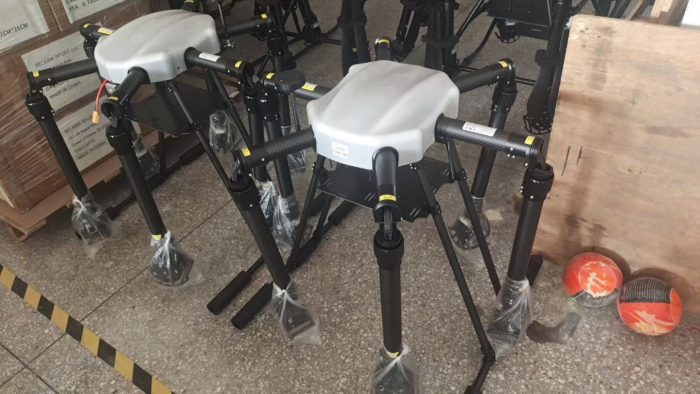

暂无评论内容